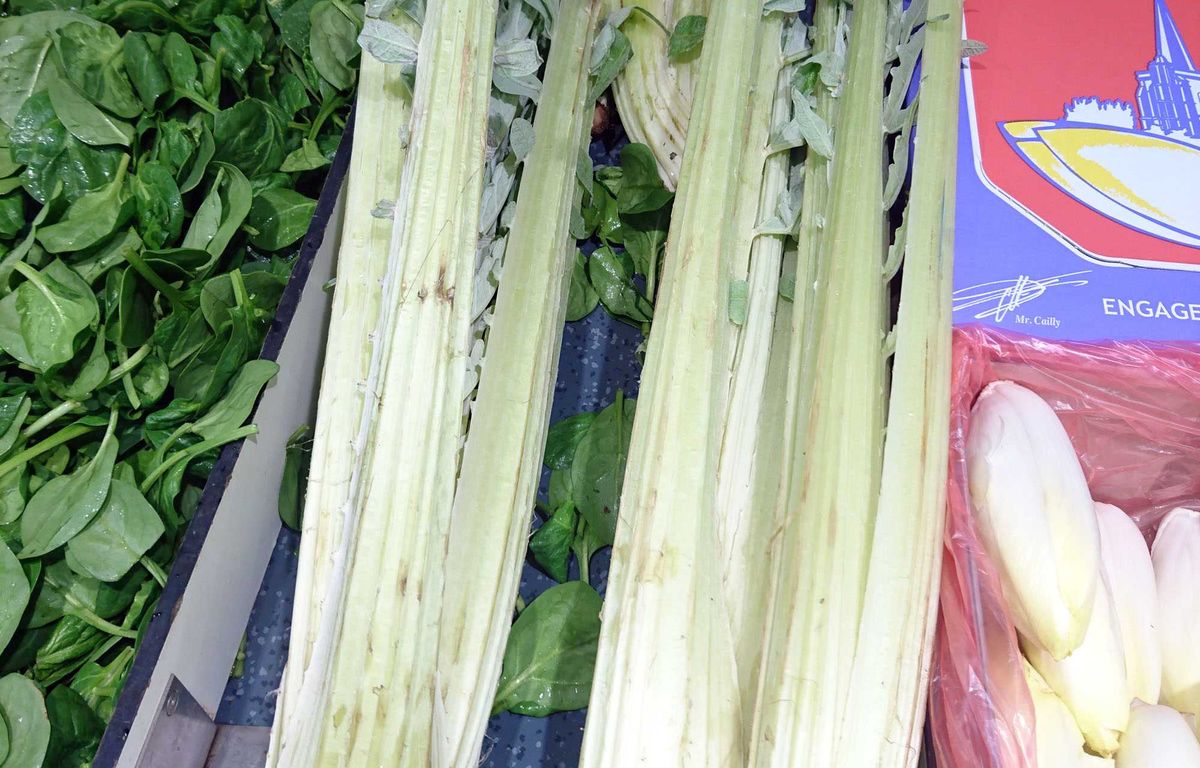
It is one of the stars of Christmas, a festive dish served to accompany turkey or other poultry: cardoon. The what ??? Cardoon, a vegetable from Lyon… but one that no one else knows, we must admit. Today, around 100 tonnes are produced each year in France, 90% of which in the Lyon region. A niche market in short. So we asked ourselves the question of why. Why did this ancestor of the thistle, which Paul Bocuse was so fond of, never really cross the Rhône-Alpes borders in order to appear on all Gallic plates?
“I have absolutely no idea,” laughs Denis Héritier, one of the largest producers of cardoons, based in the Val de Saône. Perhaps because he is “demanding”, he suggests, more seriously. “It is on the podium of the most difficult crops to produce,” agrees Jean-Marie Digonet, market gardener in Cailloux-sous-Fontaine. And that is to say the least.
Seedlings are traditionally planted in mid-May, well rooted “deep”. But you have to wait until summer for the plant to start developing, then at the end of August and beginning of September to really see the leaves grow. “The temperature must not drop below 5 degrees, nor exceed 25 degrees,” specifies Denis Héritier. Otherwise, it’s ruined.
A vegetable that doesn’t like light
Another requirement: to obtain a very white cardoon heart – the one that the consumer will eat – light is prohibited. Hence the need to wrap the plant in a black cover for four to six weeks, tie it up, straighten it before storing it. “It’s quite restrictive, yes. Today, few young people want to get into this culture,” observes Jean-Marie Digonet. He took over the family business twenty years ago to “preserve the tradition and gastronomic heritage of Lyon”.
Knowing how to cook cardoon also requires patience. Often confused with chard (blasphemy) by its appearance, this vegetable requires delicacy. But also to get your hands a little dirty. It has to be frayed even if, today, “there aren’t that many threads anymore”. And start cooking slowly in order to obtain the most tender product possible. Allow three hours at a low boil, unless you opt for a pressure cooker. In fact, cardoon is a less attractive vegetable for younger generations. “A deceased retiree is one less customer for the cardon,” they joke about it in the area.
Paris in sight
“All this could perhaps have constituted a brake,” summarizes Jean-Marie Digonet. So to tempt busy cooks, the market gardener has launched into simplified preparation for around fifteen years, just like the Héritier house. Vegetables are offered in jars or ready to cook. Since then, he has sold “in Monaco and Paris” but this remains “very marginal”. “99.8%” of its production is sold in the South-East.
Sales remain fragile. “I have the feeling that production volumes are stagnating in the Lyon region,” notes Denis Héritier for whom “the future of cardoon will lie in export to Paris.”
